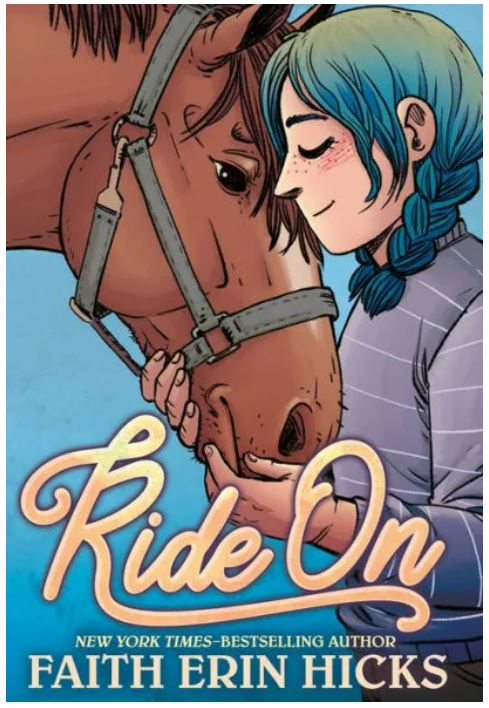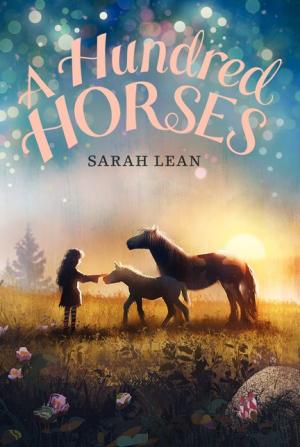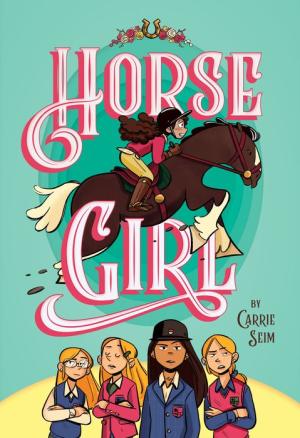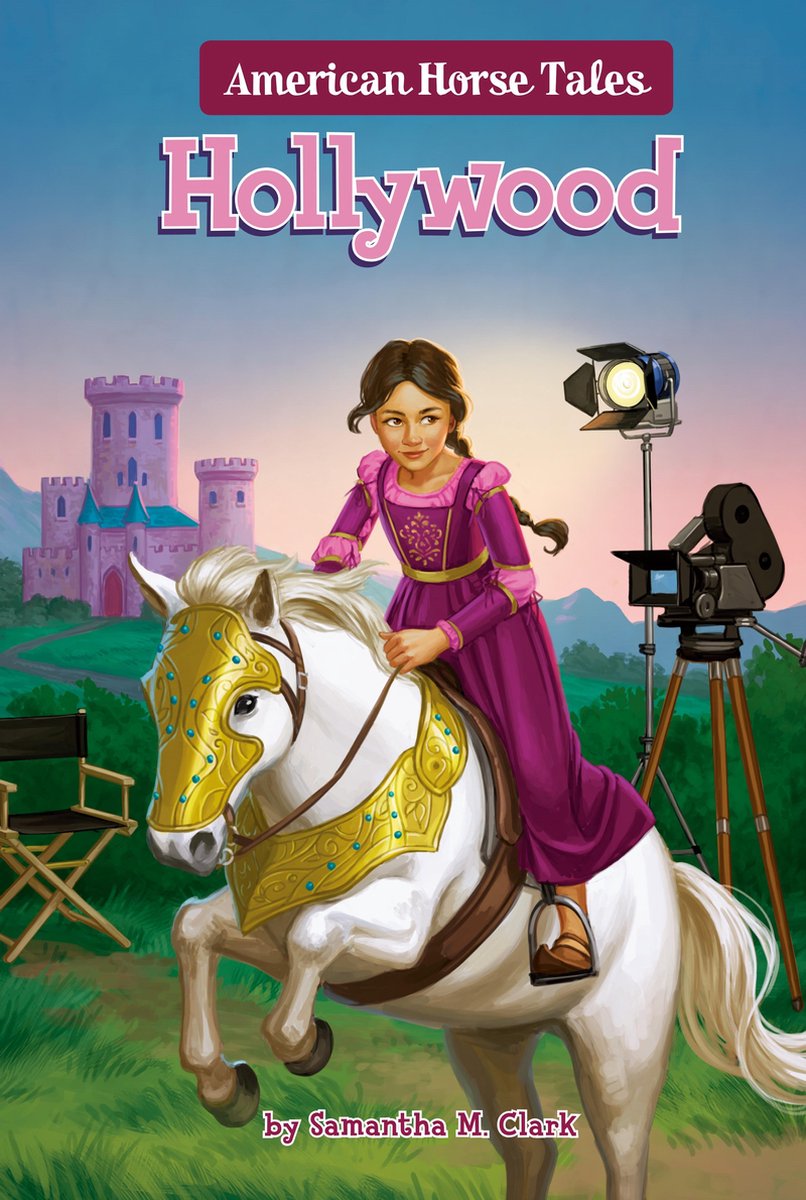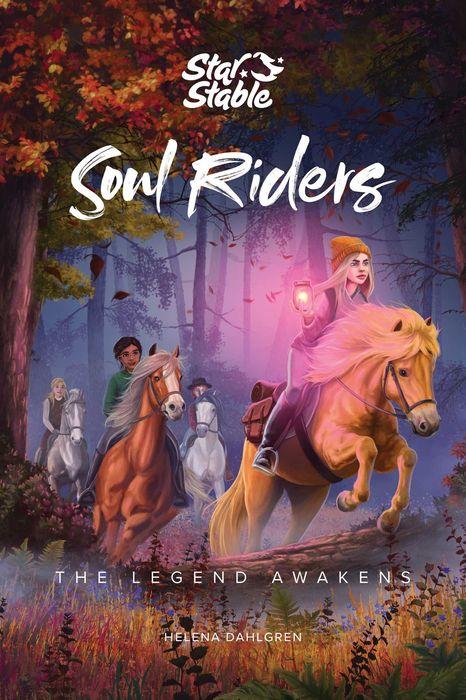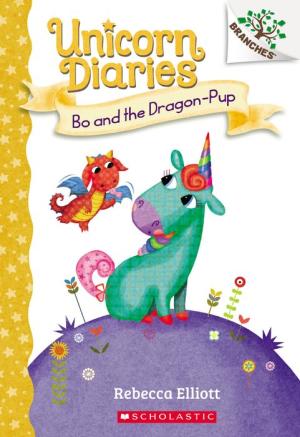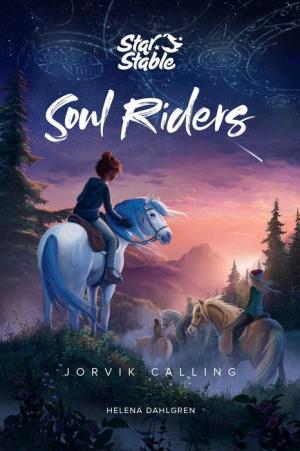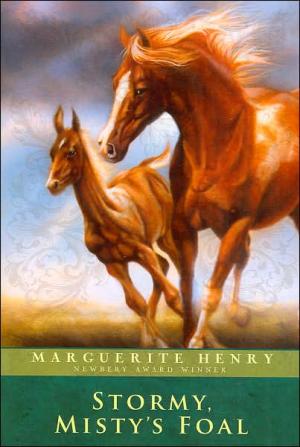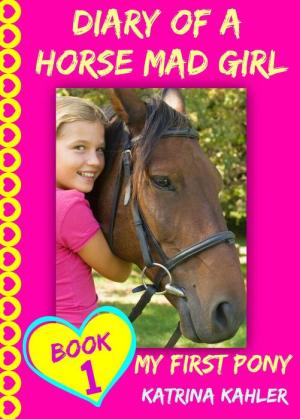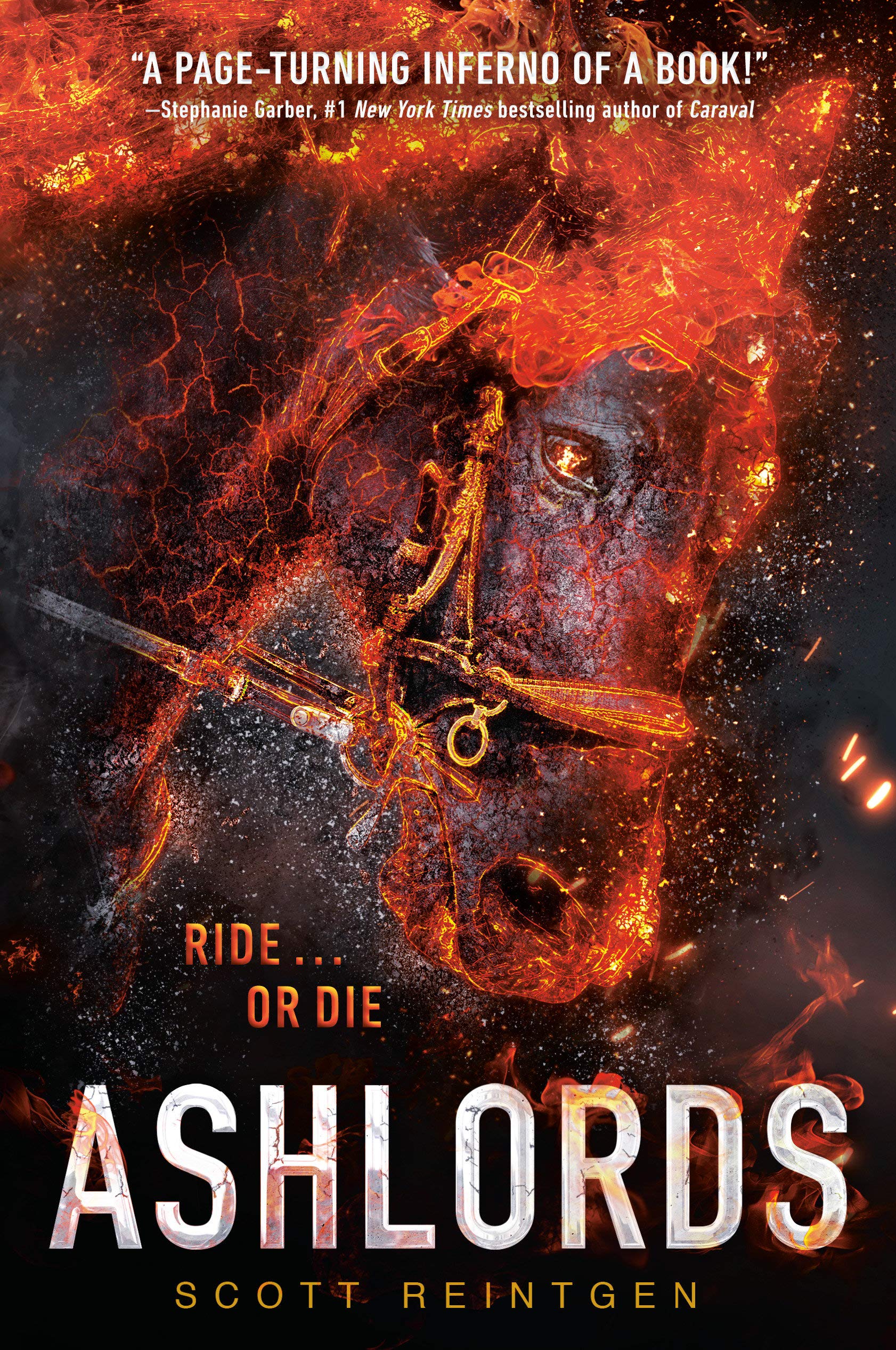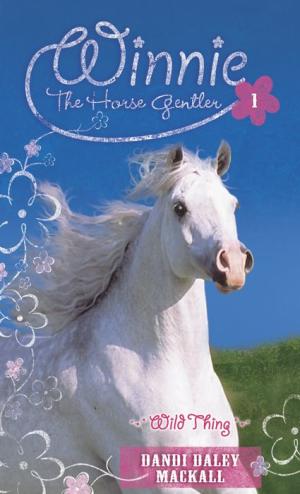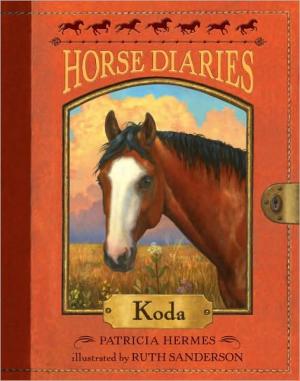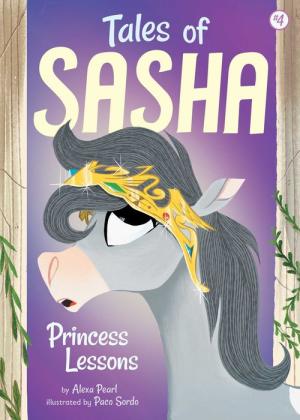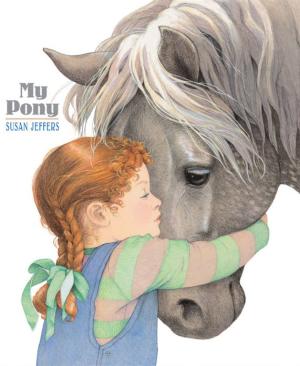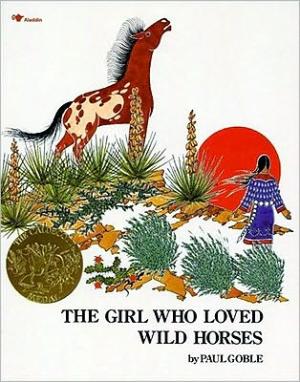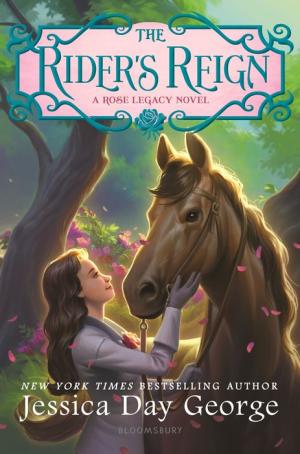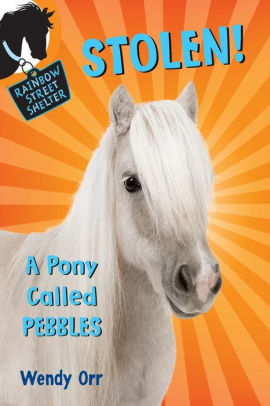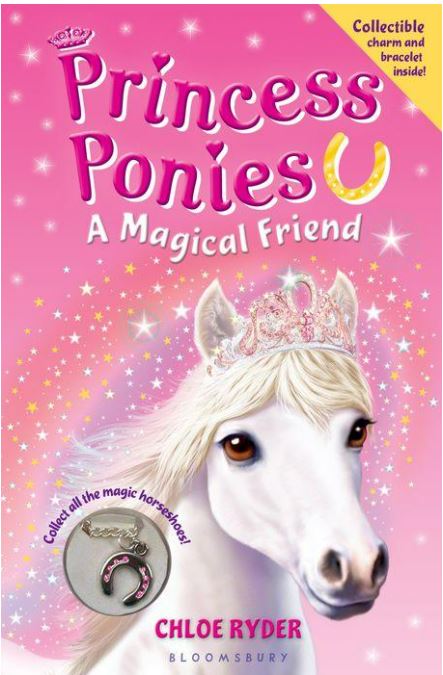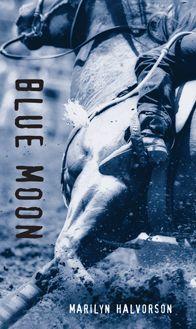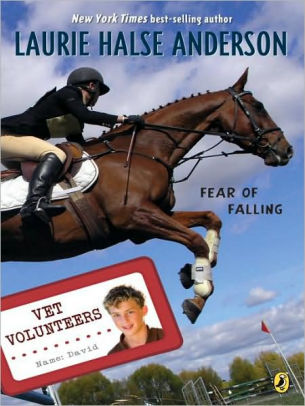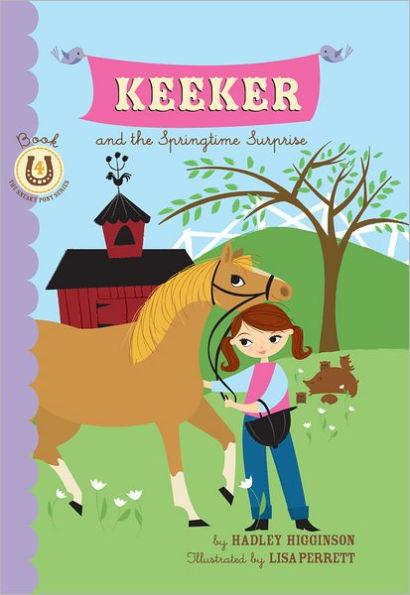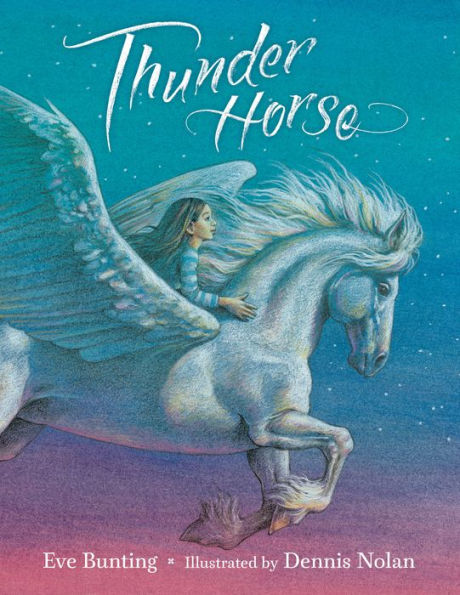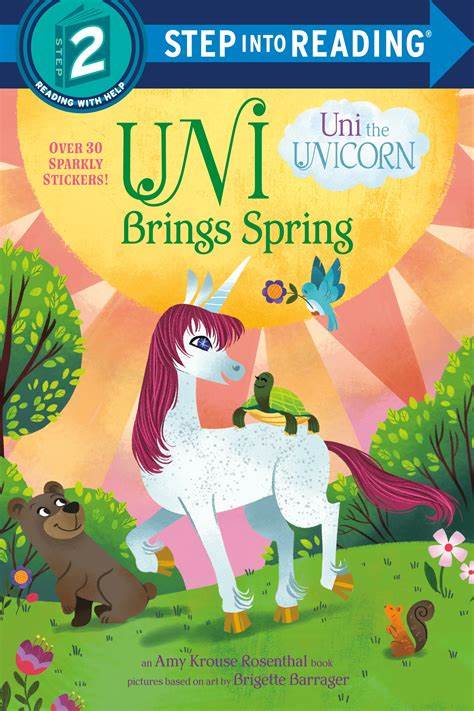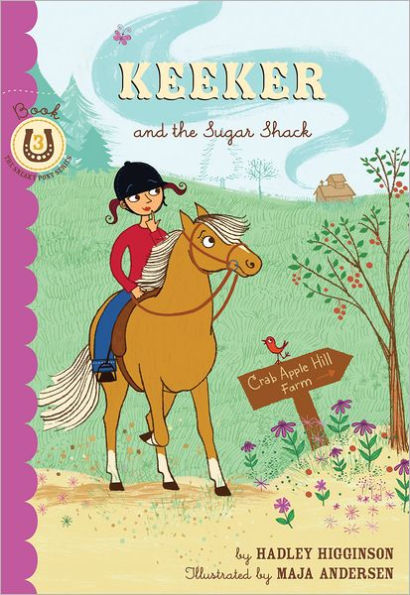Anthea and her friends arrive in Kronenhof on a mission. They have two weeks to find the missing Coronami princess—kidnapped by Anthea’s mother and taken to the neighboring land—before Coronam declares war. On top of that, Anthea’s mother has also captured the herd stallion and half a dozen more horses—enough to start her own herd in Kronenhof.
But navigating the court politics of a foreign country proves to be more difficult than Anthea imagined. Will Anthea and her companions be able to outmaneuver her mother, who has always been one stop ahead of them? And what should they do about the rumors of wild horses in Kronenhof’s forest?
The Rider’s Reign focuses less on the horses and more on political intrigue. However, in order to better understand the horse’s emotions, some chapters are told from a specific horse’s point of view. To distinguish the point of view, the horse’s name appears at the top of the chapter and these chapters have grey borders around the page. Anthea and her friends are trying to find the ghosts, a mysterious group of horses that hide in the forest. However, when the ghost horses are found, the scene feels anticlimactic and unimportant because nothing is revealed. Instead, Anthea has a short conversation with the horses and then slips back into the forest.
Anthea and her group travel to Kronenhof and meet some interesting new characters. The main villain, the emperor of Kronenhof, is underdeveloped and unrealistic. Everyone around him, including the two teens who he kidnapped, pretend that they are willing visitors, which makes no sense. Despite this, readers will enjoy the familiar faces of the characters. In addition, the story contains several surprises, and, in the end, the villains get what they deserve.
The Rose Legacy Trilogy has a unique premise that will appeal to readers who love horses. Readers will have to pay close attention to understand the political intrigue and the complicated plot. In addition, the large cast of characters may confuse some readers. While the concluding book, The Rider’s Reign, doesn’t tie up all the loose ends, the conclusion will satisfy middle-grade readers.
If you’re looking for a horse-related book with a strong female character, The Rose Legacy Trilogy will delight you. Anthea is a likable heroine, who is willing to make sacrifices in order to save her friends. Anthea has the strength to stand by her principles, care for the horses, and act when necessary. The Rose Legacy Trilogy is an entertaining series that readers of all ages will enjoy. Horse loving readers will also like the Riders of the Realm Trilogy by Jennifer Lynn Alvarez.
Sexual Content
- The horse Bluebell says, “My mother’s name is Posey. My father’s name does not matter. I wish to have a foal when we return home. It is time.”
Violence
- The emperor of Kronenhof kidnaps Prince Adil. Adil says, “I was kidnapped, my tutor killed, and I was brought here. . . As long as I am here, my father will not attack.”
- Lady Cassandra is afraid of horses because she saw “a sweet young man—a boy really—was trampled by his horse. The creature simply turned on him, for no reason. Every bone in his body must have been broken; if he lived, he surely never walked again!” Cassandra doesn’t know what happened to the man.
- When the emperor of Kronenhof tried to touch Constantine, the horse “had bitten him, had tried to kick and trample him. The bite, alas, was the only blow that connected. Constantine regretted, too, that he had not bitten the man’s hand clean off.”
- A soldier was standing by the door guarding Meg. Jilly opens the door and “there was a crack and a thud as the soldier fell on his face. . . Jilly jumped over the soldier’s prone form to Meg.” The girls “drag the unconscious man to the bed and stuff him underneath, pushing with their feet.”
- The emperor of Kronenhof and Anthea’s mother stole some horses and locked them in a basement. When Anthea finds them, Constantine “had long bloody streaks on his flanks where he had been whipped.” To free the horses, someone creates a diversion by blowing up some vehicles. “The explosion came right as Anthea slid back down the chute. It knocked her sideways off the ramp, and she hit her bruised hip on a coal bin, giving a sharp cry of pain and surprise.”
- When Anthea and her friends try to free the horses, Anthea’s mother appears. “Elegant, understated, and with a pistol pointed at her daughter.” In order to manipulate Anthea, her mother threatens to shoot the horses.
- While the emperor of Kronenhof and a large group are traveling through the city, someone throws a grenade. Florin “reared up and dumped the emperor onto the hard cobbles of the street.” The crowds “were screaming, scattering, their faces terrified. . . More gunshots came. The crowd was running in all directions, screaming. . .”
- During the explosions, a man shoots someone, and “the man dropped like a marionette with its strings cut.”
- Florin takes Anthea away from the crowds. At the sound of an explosion, “heat and noise slammed into Anthea’s back just seconds after Florin shot down a side street.” The explosions are described over eight pages. One man dies, but there are no other injuries.
Drugs and Alcohol
- When Anthea was nervous, she was acting strange. Someone asked her, “Did you sneak some champagne?”
Language
Supernatural
- People who have “the Way” can communicate with horses and feel the horse’s emotions. “The Way wasn’t a language of words so much as images, odors, and feelings.”
- There are stones around the city that make it so people and horses are not able to use the Way to communicate with each other.
Spiritual Content
- While imprisoned in Kronenhof Anthea “was sure she wasn’t the only one saying a silent prayer to find the elusive ghosts [horses] soon.”
- During a parade, the emperor rides a horse. “Anthea prayed that the experience would convince Emperor Wilhelm that he did not want a horse.”
